Teleglobal and Kacific complete large-scale deployment of mobile backhaul services
Tuesday, 05 July 2022 11:12 Kacific Broadband Satellites Group (Kacific) has successfully partnered with PT Indo Pratama Teleglobal ("Teleglobal") in Indonesia to provide a large-scale deployment of mobile backhaul services to major telecommunications operators.
Over the last year, the pair have connected hundreds of base sites across the Indonesian territory, capable of 4G services, to Kacific's high-throughput Ka-b
Kacific Broadband Satellites Group (Kacific) has successfully partnered with PT Indo Pratama Teleglobal ("Teleglobal") in Indonesia to provide a large-scale deployment of mobile backhaul services to major telecommunications operators.
Over the last year, the pair have connected hundreds of base sites across the Indonesian territory, capable of 4G services, to Kacific's high-throughput Ka-b Terran Orbital completes NASA Pathfinder TD 3 bus commissioning
Tuesday, 05 July 2022 11:12 Terran Orbital Corporation (NYSE: LLAP) reports that its Pathfinder Technology Demonstrator 3 (PTD-3) satellite has completed bus commissioning with all health and status checkouts nominal. Terran Orbital designed and built the PTD-3 satellite in support of NASA's PTD series of missions.
The missions will test the operation of a variety of novel small satellite technologies in low-Earth or
Terran Orbital Corporation (NYSE: LLAP) reports that its Pathfinder Technology Demonstrator 3 (PTD-3) satellite has completed bus commissioning with all health and status checkouts nominal. Terran Orbital designed and built the PTD-3 satellite in support of NASA's PTD series of missions.
The missions will test the operation of a variety of novel small satellite technologies in low-Earth or NTU Singapore successfully launches its 10th satellite into space
Tuesday, 05 July 2022 11:12 Singapore's latest satellite, designed and built by students from Nanyang Technological University, Singapore (NTU Singapore), is now successfully orbiting around Earth, having launched yesterday (30 Jun 2022) on an Indian Space Research Organisation Polar Satellite Launch Vehicle.
The latest NTU satellite, named SCOOB-I, is the first of the new Student Satellite Series (S3-I) to be launch
Singapore's latest satellite, designed and built by students from Nanyang Technological University, Singapore (NTU Singapore), is now successfully orbiting around Earth, having launched yesterday (30 Jun 2022) on an Indian Space Research Organisation Polar Satellite Launch Vehicle.
The latest NTU satellite, named SCOOB-I, is the first of the new Student Satellite Series (S3-I) to be launch Virgin Orbit launches 'Straight Up' mission for US Space Force
Tuesday, 05 July 2022 11:12 Virgin Orbit (Nasdaq: VORB) has confirmed the success of its fourth consecutive satellite launch mission. This launch, named Straight Up, carried seven satellites to Low Earth Orbit for the United States Space Force (USSF), who procured this launch for the Rocket Systems Launch Program, with payloads provided by the Department of Defense Space Test Program (STP). In support of its mission partne
Virgin Orbit (Nasdaq: VORB) has confirmed the success of its fourth consecutive satellite launch mission. This launch, named Straight Up, carried seven satellites to Low Earth Orbit for the United States Space Force (USSF), who procured this launch for the Rocket Systems Launch Program, with payloads provided by the Department of Defense Space Test Program (STP). In support of its mission partne Kongsberg to acquire majority stake in NanoAvionics
Tuesday, 05 July 2022 10:32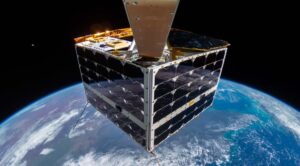
Norwegian company Kongsberg Defence & Aerospace will acquire a majority stake in NanoAvionics in a deal that values the smallsat manufacturer at 65 million euros ($67 million).
The post Kongsberg to acquire majority stake in NanoAvionics appeared first on SpaceNews.
How to see Webb’s new images
Tuesday, 05 July 2022 08:30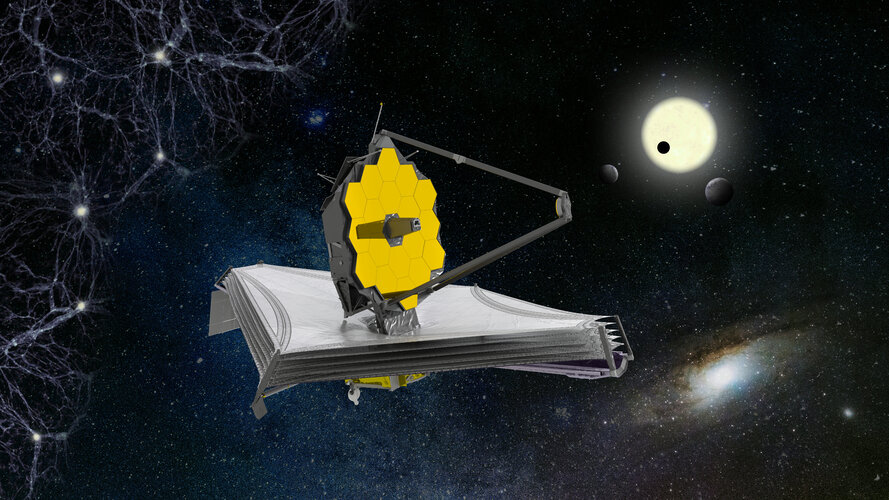
As excitement mounts for the unveiling of Webb’s first full-colour images on Tuesday 12 July, here’s how to participate in the global celebration via ESA’s channels. Choose from watching a livestream, attending an in-person event, or joining our social media activities.
Terrae Novae: Earth orbit, Moon and Mars
Tuesday, 05 July 2022 07:00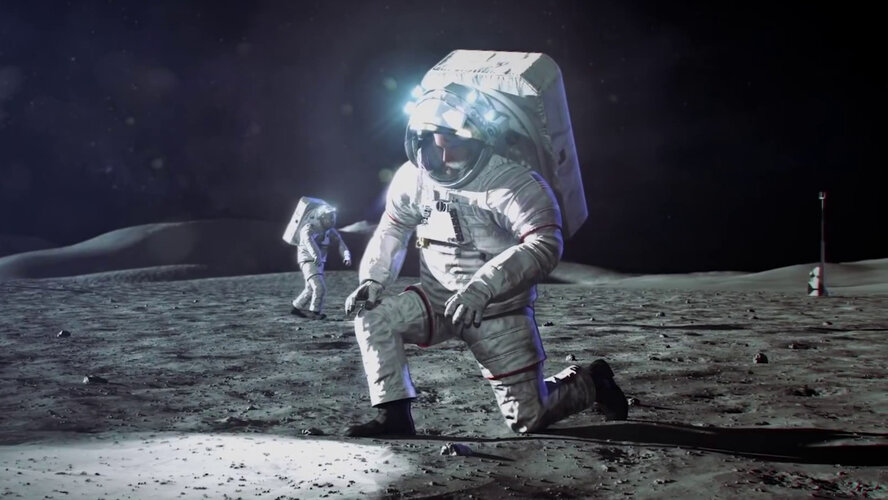 Video:
00:02:18
Video:
00:02:18
Terrae Novae is ESA’s exploration programme.
Terrae Novae is not only literally about exploring new worlds, but by describing the limitless opportunities for discovery, economic growth and inspiration it also expresses our ambitions for Europe’s future innovators, scientists and explorers.
This video shows the many exploration activities ESA is conducting or has planned in our Solar System, from the International Space Station to the Moon with the European Service Module and lunar Gateway modules for Artemis, and on to Mars with the Mars Sample Return campaign.
For more on ESA’s human and robotic exploration strategy see: https://www.esa.int/terraenovae
From Earth orbit to the Moon and Mars: ESA’s exploration roadmap for space autonomy and leadership
Monday, 04 July 2022 14:25
CAPSTONE heads to the moon
Monday, 04 July 2022 12:23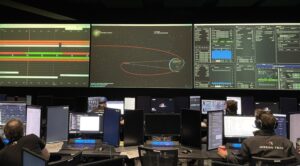
A NASA-funded lunar cubesat is on its way to the moon July 4 after a series of burns by a Rocket Lab transfer stage.
The post CAPSTONE heads to the moon appeared first on SpaceNews.
NASA satellite breaks from orbit around Earth, heads to moon
Monday, 04 July 2022 12:18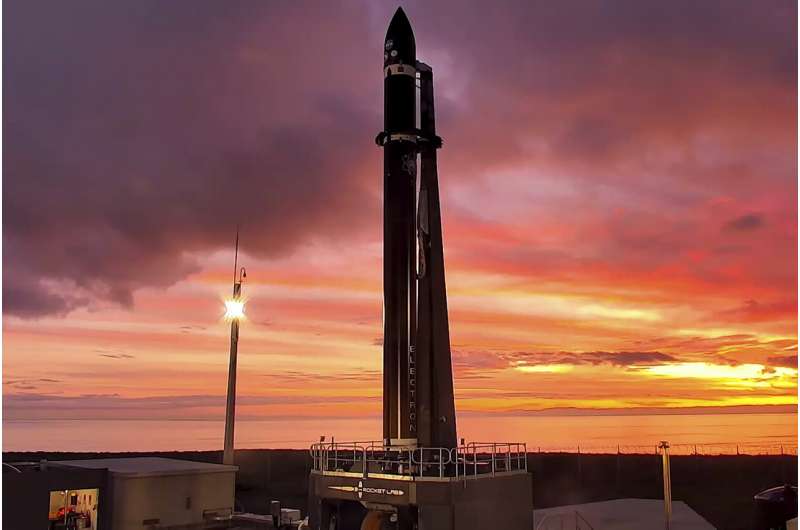
A satellite the size of a microwave oven successfully broke free from its orbit around Earth on Monday and is headed toward the moon, the latest step in NASA's plan to land astronauts on the lunar surface again.
Watch: Earth Explorer 10 Consultation
Monday, 04 July 2022 09:30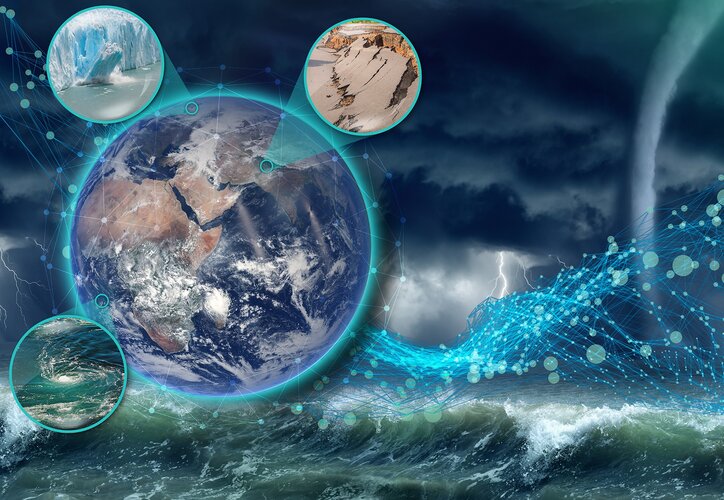
Watch: Earth Explorer 10 Consultation
On 5 July, follow the discussion on Harmony at the User Consultation Meeting for ESA's tenth Earth Explorer
Cosmic manatee accelerates particles from head
Monday, 04 July 2022 09:00 Image:
Cosmic manatee accelerates particles from head
Image:
Cosmic manatee accelerates particles from head What Are The Top 3 Celestial Events In 2022
Monday, 04 July 2022 05:24 Before we excite you with the 3 major celestial events scheduled to occur in 2022, let's figure out what celestial events are. These pertain to an astronomical field of interest that involves all celestial objects, including objects relating to visible heavens or the sky, such as the moon, sun, and stars.
Before we excite you with the 3 major celestial events scheduled to occur in 2022, let's figure out what celestial events are. These pertain to an astronomical field of interest that involves all celestial objects, including objects relating to visible heavens or the sky, such as the moon, sun, and stars. New Zealand joins ASAT testing ban
Sunday, 03 July 2022 23:33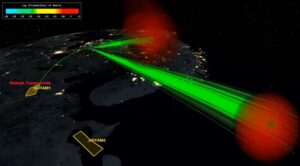
The government of New Zealand has formally joined a U.S.-led ban on testing of destructive direct-ascent ASAT weapons in an effort to build momentum for a global prohibition on such tests.
The post New Zealand joins ASAT testing ban appeared first on SpaceNews.

